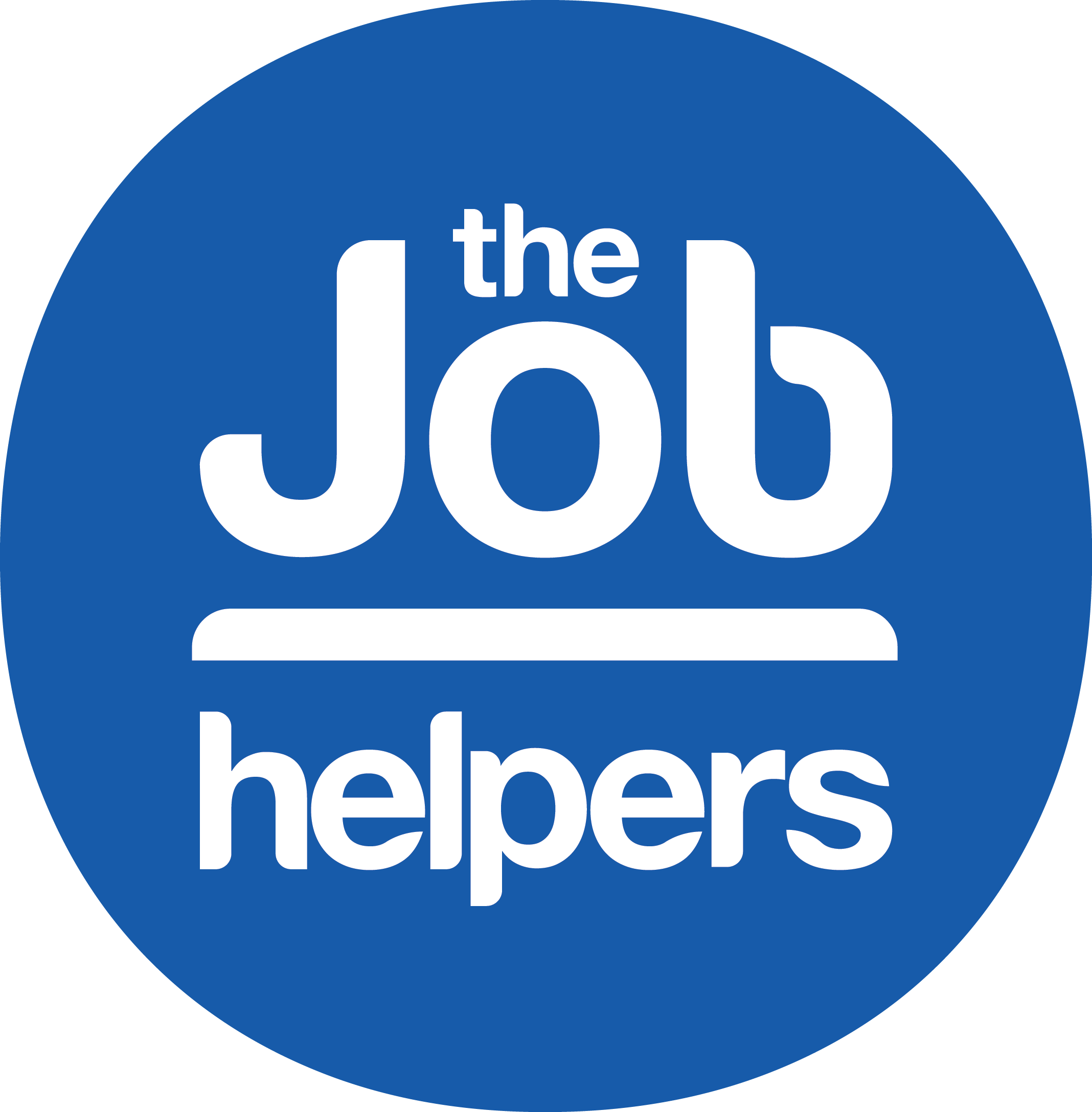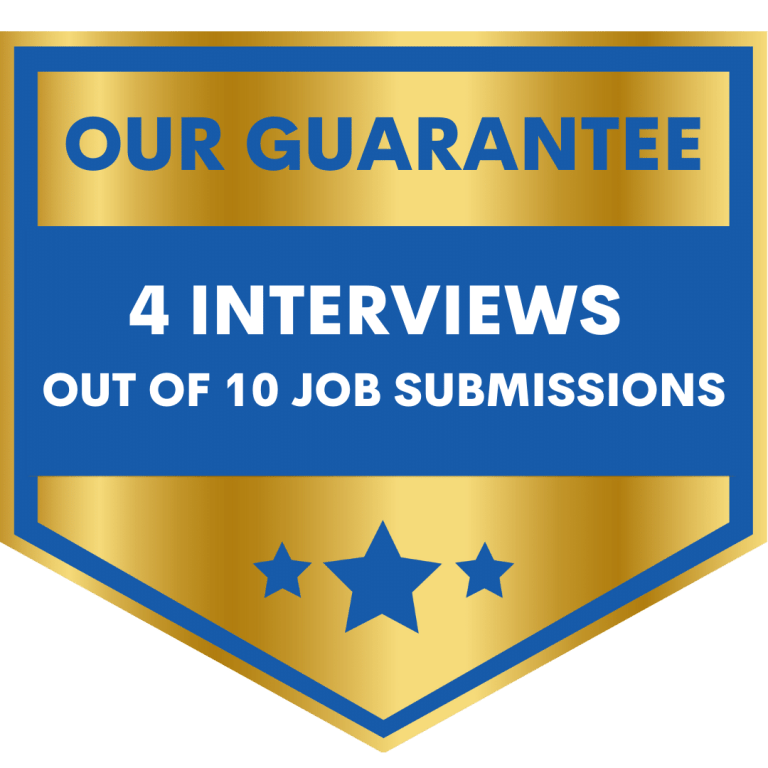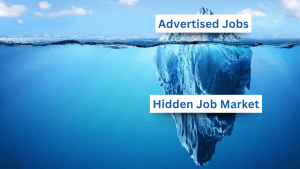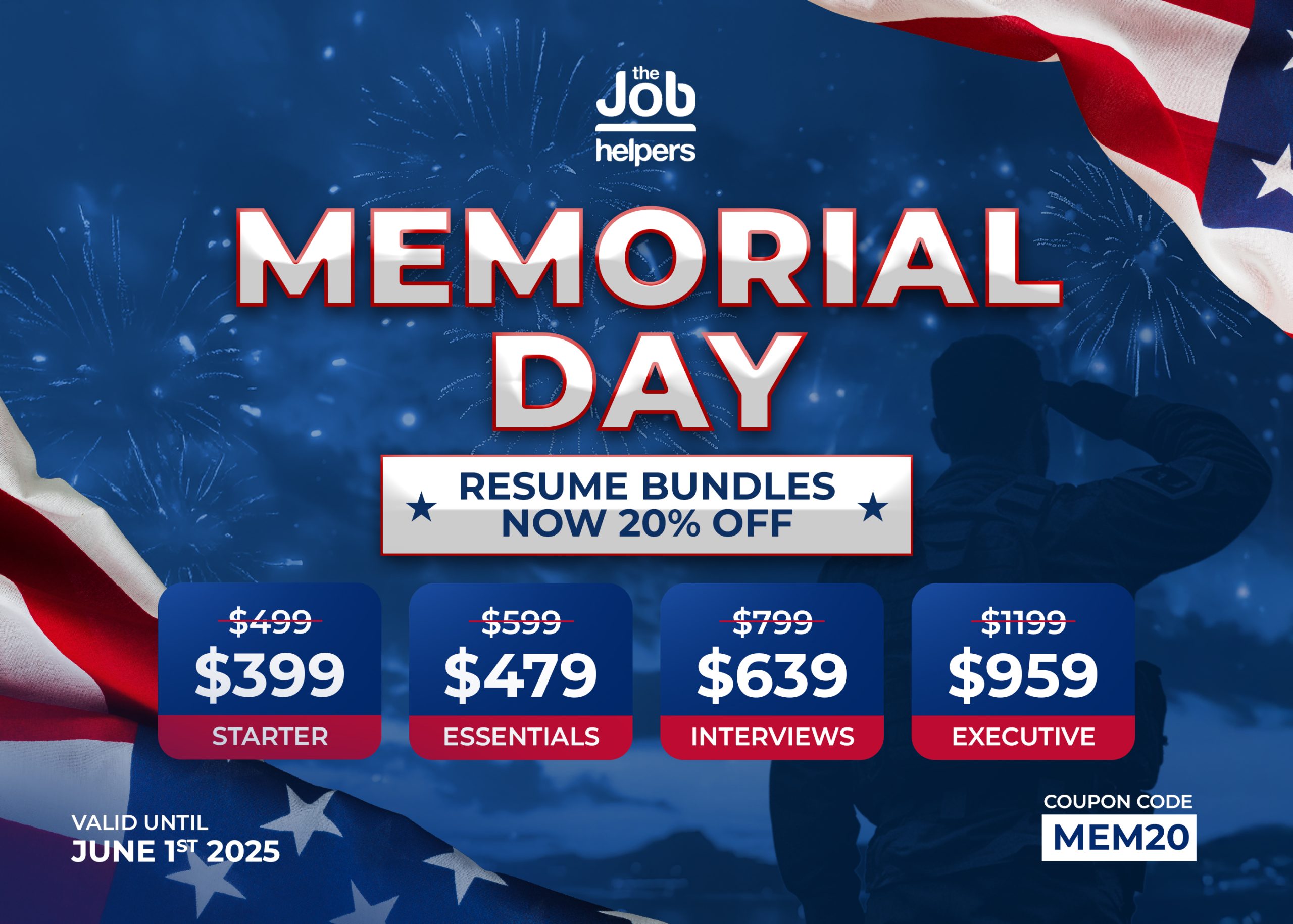
🔹 Over 62% of US Professionals Are Considering a Career Change in 2025
According to a recent Gallup Workforce Trends report, more than 6 in 10 working adults are actively exploring new industries, driven by burnout, shifting values, and the rise of remote/hybrid opportunities.
🟢 Why it matters: You are not alone. Career change is now the norm, not the exception.
Making a career change can feel daunting, especially when facing interviews in a new field. But here’s the good news: you possess valuable transferable skills that employers want. The key is learning how to effectively present these skills to demonstrate your value. Here’s your comprehensive guide to acing interviews as a career changer.

What are the Transferable Skills?
Transferable skills are abilities you’ve gained through education, work, or life experiences that can be applied across different jobs and industries. These might include:
💡Communication skills
💡Leadership and team management
💡Problem-solving and critical thinking
💡Project management
💡Customer service
💡Technical skills (like data analysis or specific software)
🔹 2. 76% of Employers Prioritize Transferable Skills Over Industry Experience
A 2025 LinkedIn Talent Insights study revealed that over three-quarters of hiring managers are open to candidates with nontraditional backgrounds, as long as they demonstrate skills like adaptability, communication, and problem-solving.
How to Identify Your Transferable Skills
- Analyze your current role: List all your responsibilities and identify the underlying skills
- Look beyond job titles: Focus on what you actually did, not just your official position
- Consider volunteer work and hobbies: Valuable skills often develop outside traditional employment
- Research your target role: Identify which of your skills align with the new position’s requirements

Framing Your Experience for Interviews
1. The STAR Method for Behavioral Questions
When asked about your experience, use the STAR framework:
- Situation: Briefly describe the context
- Task: Explain what needed to be done
- Action: Detail what you specifically did
- Result: Share the positive outcome
Example (Marketing Executive Transitioning to Project Management):
"In my current role as a Marketing Executive (Situation), our team was managing multiple campaigns with tight deadlines, often leading to miscommunication and delays (Task). I took the initiative to implement a project management tool (like Asana) to streamline workflows, assign tasks clearly, and track progress in real-time (Action). As a result, our campaign delivery time improved by 30%, and cross-team collaboration became much more efficient (Result). This experience in process optimization, stakeholder coordination, and problem-solving aligns well with the project management role I’m pursuing." 2. Addressing the Career Change Directly
When transitioning careers, interviewers will want to understand your motivation and how your background fits the new role. Craft a clear, confident narrative that covers:
Example (Marketing Executive → UX Designer):
"While I’ve enjoyed my years in marketing, I’ve always been drawn to the psychology behind user experiences, why people engage with certain designs, and how small changes can dramatically improve usability. In my current role, I led A/B testing for email campaigns, analyzing click-through rates and redesigning layouts to boost conversions by 20%. This hands-on experience with data-driven design decisions confirmed my passion for UX. What excites me most about transitioning is the opportunity to focus entirely on creating intuitive, user-centered solutions, something I’ve already been doing in a marketing context, but now at a deeper level." 3. Handling Experience Gaps
If you lack direct experience, pivot to adjacent skills and proactive learning:
Example (Teacher → Corporate Trainer):
"While I haven’t worked in a corporate setting, my teaching experience required me to design curriculum, adapt to different learning styles, and measure student progress—all directly applicable to employee training. I’ve also completed a certification in Adult Learning Theory and volunteered to lead workshops for local nonprofits, where I practiced tailoring content for professional audiences. I’m particularly excited to bring my facilitation skills to a new industry and learn [Company]’s specific training frameworks." 👉 Use the job description’s keywords to frame your gaps as “skills I’m actively developing“ rather than missing qualifications

Common Interview Questions for Career Changers
- “Why are you changing careers?”
- Focus on positive reasons (growth, passion) rather than negatives about your current field
- Show how this change aligns with your long-term goals
2. “How does your experience relate to this position?”
- Draw clear parallels between past responsibilities and the new role’s requirements
- Emphasize adaptable skills rather than industry-specific knowledge
3. “What would you need to learn to succeed in this role?”
- Demonstrate self-awareness about the learning curve
- Highlight your ability to quickly acquire new skills
- Mention any steps you’ve already taken to prepare

Ready to dive deeper into interview preparation?
Enter Your Email to Download Our Complete Interview Preparation Guide
More strategies, question types, and tips to ace your next interview.
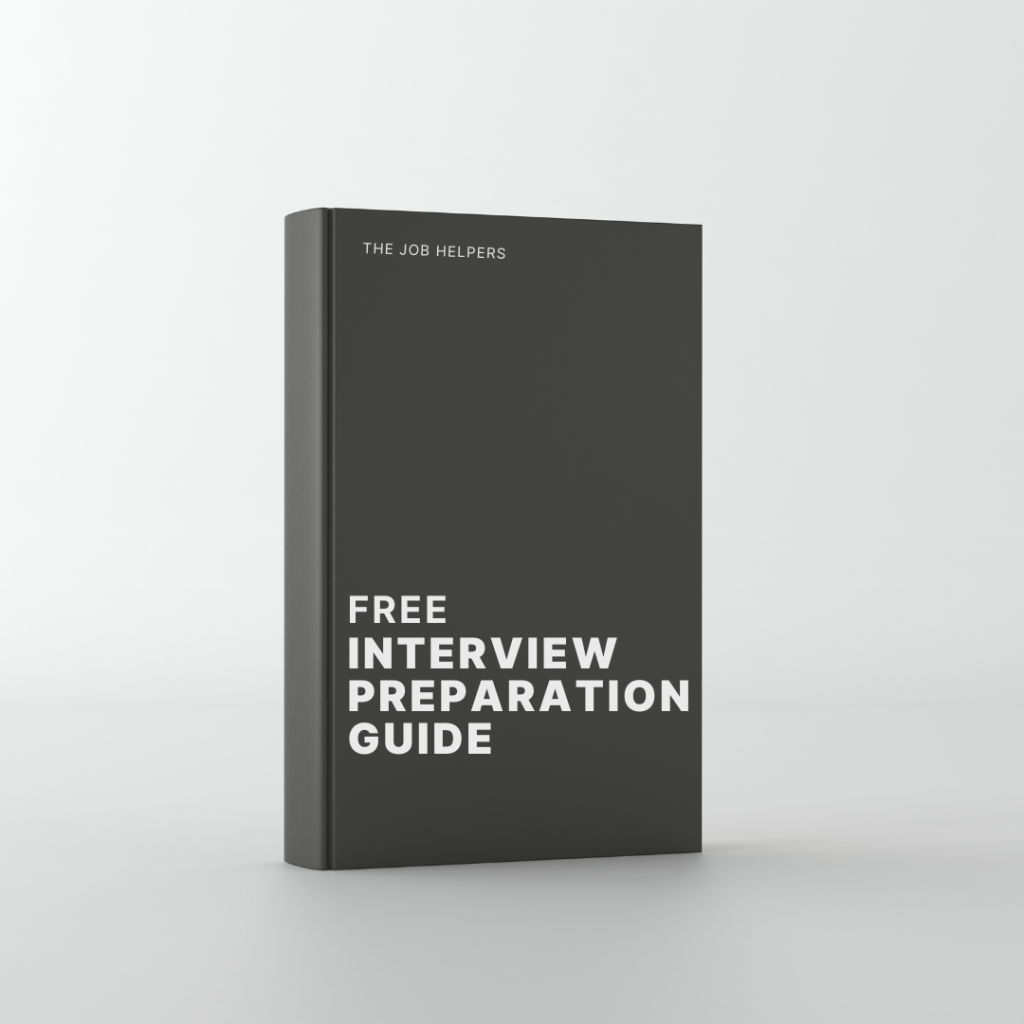
Get Expert Support Today! Visit The Job Helpers
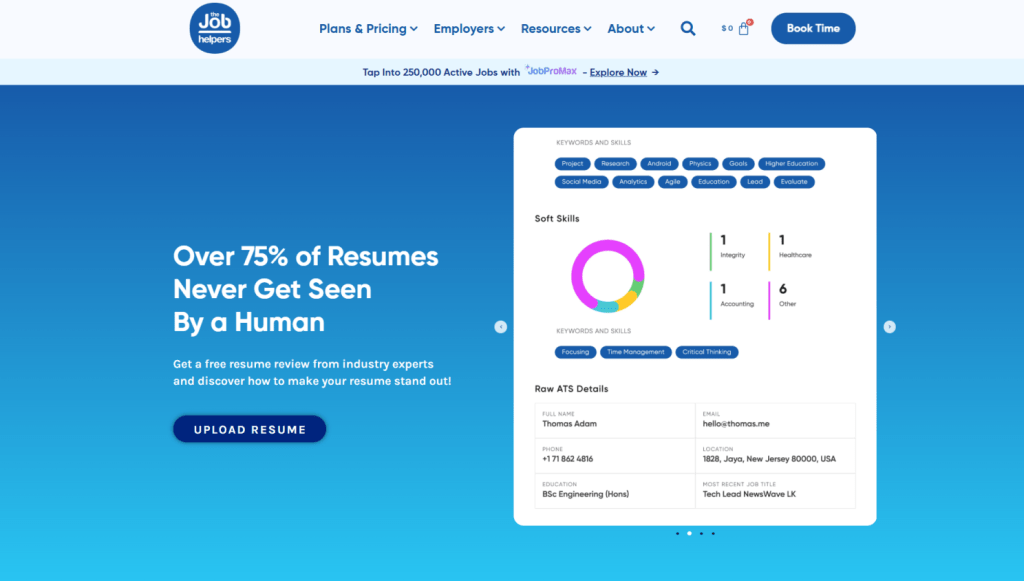

CATEGORIES
Locations
Ⓒ TheJobHelpers -
2025
Upload Your Resume For A Free Review!
After the Resume upload, you can schedule a call with one of our resume experts.
(Only pdf, doc, docx, and text files are allowed to upload)
By sending us your resume, you will enable us to contact you through the email address and phone number you are providing.
